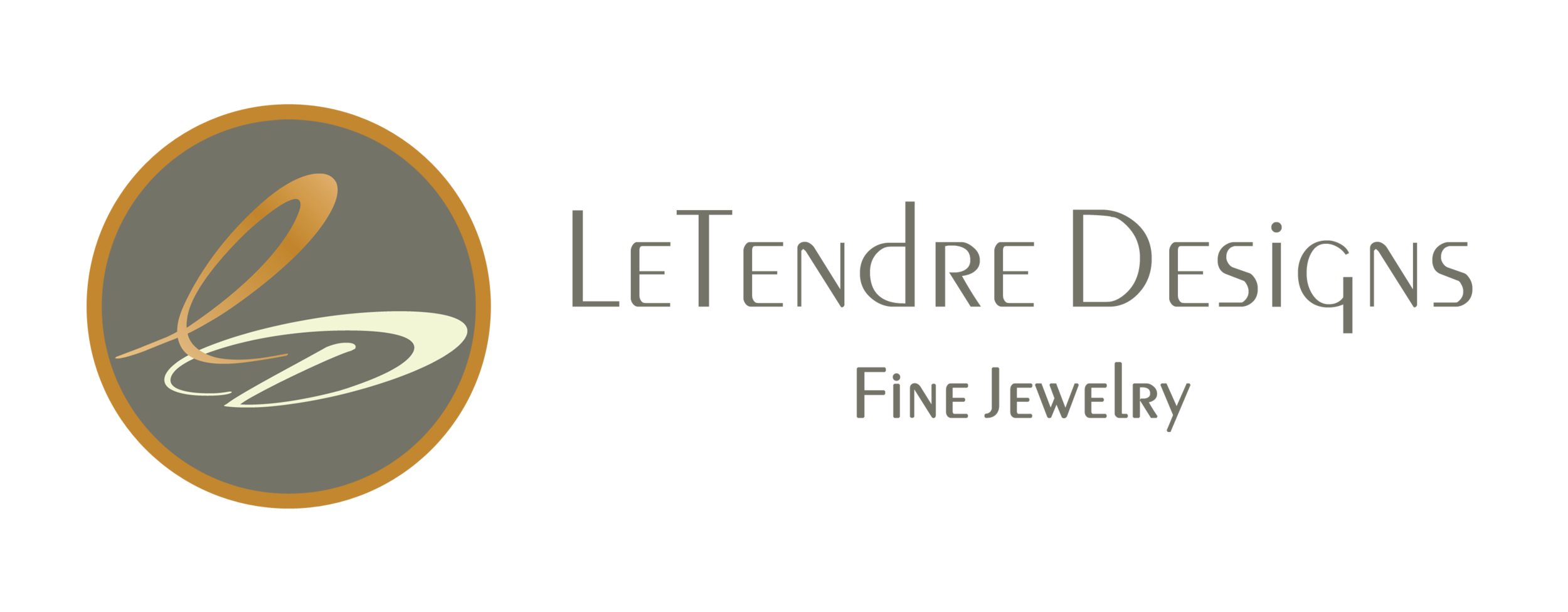Techniques
Much 'off-the-shelf' jewelry is mass-cast or stamped. With handmade jewelry a wide variety of metal crafting techniques may be used. The design typically lends itself to a particular technique, but many designs require multiple techniques. Each piece can present a new set of technical challenges depending on the fragility and placement of each stone and the intricacy of the design. Chains, clasps, and other fittings may also be handmade to create a special effect. The main techniques are described here:
Forging– A way of hand fabricating a design by stretching, flattening, curving, and shaping the metal by hammering it.
Lost-Wax Casting– Used to make soft-flowing lines, or shapes that are difficult to make in metal. The piece is first made in wax and placed on a conical stand. A metal sleeve or flask is put around the piece and the area filled with investment, a mixture similar to Plaster of Paris, and allowed to harden. The flask is then put into a furnace for many hours to burn out the wax, hence the ‘lost wax’. This leaves a cavity in the investment the exact shape of the model. Metal is then melted and either a spinning casting machine or vacuum forces it into the cavity. After the metal is cooled the investment is removed ‘breaking’ the mold so no other piece of that exact design may be made. The metal must now be cleaned up, polished, additional design elements may need to be added and the stones set.
Metal Clay- Known as Precious Metal Clay or PMC is a clay made with tiny particles of silver or other metal and an organic binding agent. It has the consistency between modeling clay and Play-Doh. It can be formed in innumerable ways. After it dries it’s fired in a hot kiln where the binder burns away leaving pure metal. One technique to texture the clay is to make a silicone mold of oak bark, granite, etc. Pressing the PMC into the mold impresses the texture onto the clay. At this point gemstones, metal bezels, bails, etc can be added to the wet clay. The firing process shrinks the clay slightly and grips any gemstones or added metal effectively setting them into the piece. After firing, the piece can be worked in traditional ways, as if it was pure metal originally and stones not able to withstand the high firing temperature can be set.
Piercing- Metal is sawed or cut away to form the design.
Repoussé, Chasing, Engraving– Repoussé is the art of working with punches from the back to push the metal into a three-dimensional shape. Chasing uses steel tools to push a pattern into the metal from the front. It can outline the repoussé-ed design or add ornamentation to the surface by stamping a design. Engraving also adds decoration by cutting into the metal with a sharp tool.
Reticulation– Reticulation is the process of melting the metal just enough that the surface swirls and bubbles creating a unique texture that could not be made any other way.
